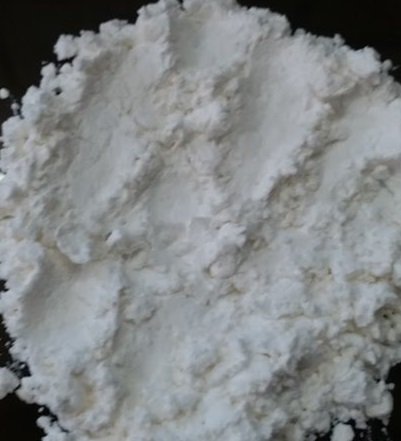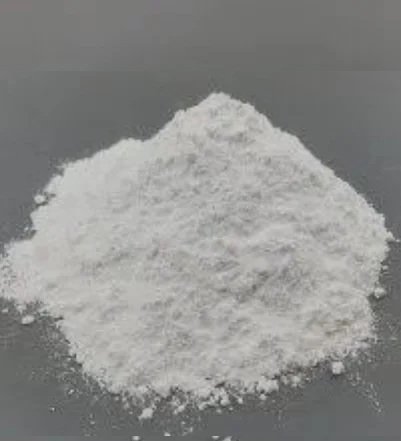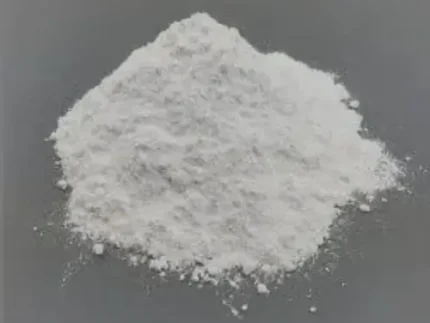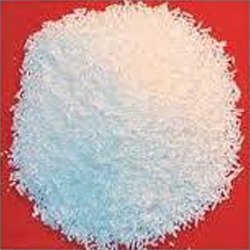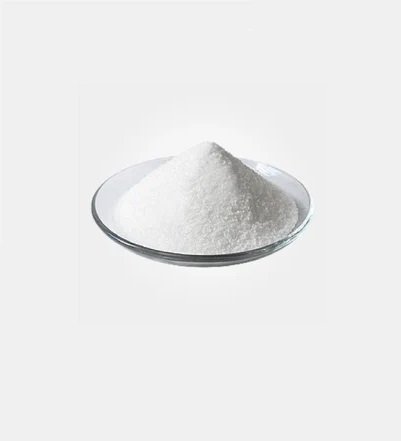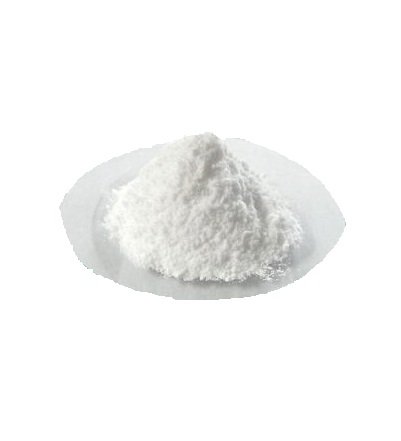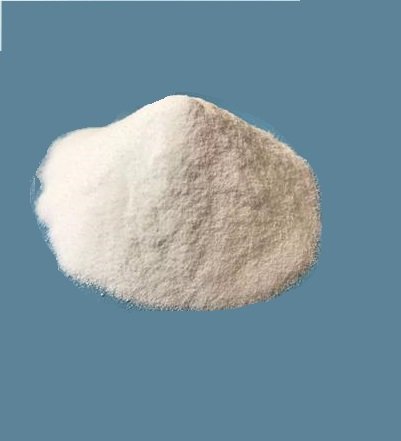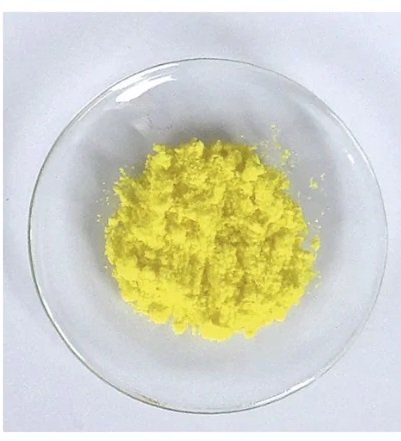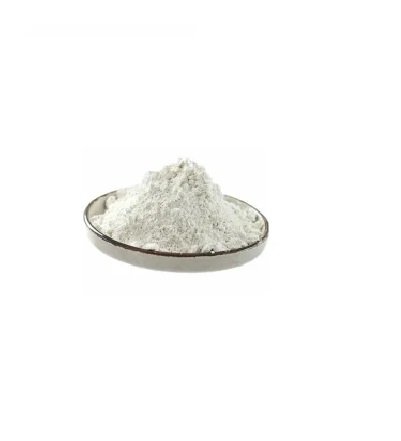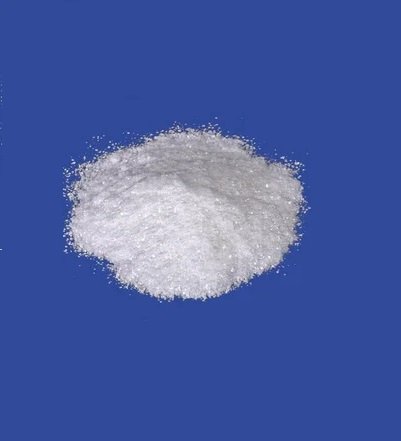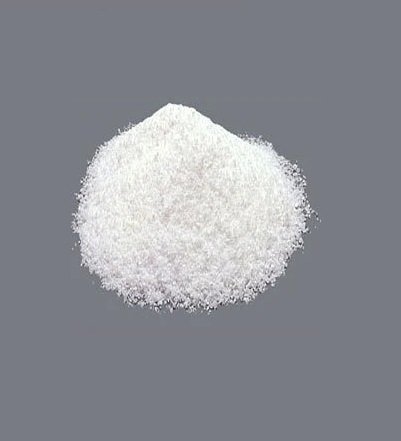1-Naphthol Benzein
Most Common Uses :
- Used as a pH indicator in analytical chemistry.
- Commonly employed in acid-base titrations.
- Applied in industrial dye formulations and colorimetric analysis.
- May cause skin and eye irritation.
- Harmful if ingested or inhaled.
- Handle with protective gloves and safety goggles.
Aniline Sulphate
Most Common Uses :
- Used as a reagent in chemical analysis.
- Intermediate in dye production and textile manufacturing.
- Involved in the synthesis of various organic compounds.
- Harmful if ingested, inhaled, or absorbed through the skin.
- Causes skin and eye irritation; may cause respiratory irritation.
- Proper protective equipment is required when handling.
Anthrone
Most Common Uses :
- Used as a reagent in the colorimetric determination of carbohydrates and polysaccharides.
- Important in biochemistry for detecting sugars in biological samples.
- Used in research for various analytical chemistry applications.
- Harmful if inhaled, swallowed, or comes in contact with skin.
- May cause irritation to the skin, eyes, and respiratory system.
- Use with proper protective equipment and handle in a fume hood.
Barium Diphenylamine Sulphonate
Most Common Uses :
- Used as an oxidation-reduction indicator in analytical chemistry.
- Commonly employed in titrations of iron(II) with dichromate or permanganate.
- Utilized in volumetric analysis for determining trace metal ions.
- Harmful if swallowed or inhaled.
- May cause irritation to the skin, eyes, and respiratory system.
- Proper protective handling is required in laboratory settings.
Benzoic Anhydride
Most Common Uses :
- Used as an intermediate in organic synthesis.
- Acts as a reagent in acylation reactions for making benzoate esters.
- Used in the manufacture of perfumes, pharmaceuticals, and dyes.
- Harmful if swallowed, inhaled, or in contact with skin.
- Causes irritation to the skin, eyes, and respiratory tract.
- Use gloves, protective clothing, and work in a well-ventilated area.
Camphorquinone
Most Common Uses :
- Used as a photoinitiator in dental resin-based composites.
- Plays a key role in light-curing processes for adhesives and coatings.
- Used in polymer chemistry for photocurable materials.
- May cause skin and eye irritation.
- Harmful if inhaled or swallowed.
- Handle with appropriate protective equipment.
Diphenyl Carbazide
Most Common Uses :
- Used as a colorimetric reagent for chromium(VI) detection in water analysis.
- Employed in spectrophotometric determination of metals (iron, mercury, etc.).
- Applied in environmental testing and chemical analysis laboratories.
- May cause irritation to the skin, eyes, and respiratory system.
- Harmful if ingested or inhaled.
- Handle with protective gloves, safety goggles, and work in a fume hood.
Diphenyl Carbazone
Most Common Uses :
- Used as an indicator for mercuric ions and metal titrations.
- Commonly employed in complexometric and redox titrations.
- Applied in environmental analysis for detecting heavy metals.
- May cause irritation to the skin, eyes, and respiratory system.
- Harmful if ingested or inhaled.
- Handle with protective gloves, safety goggles, and work in a fume hood.
Dithizone
Most Common Uses :
- Used as a chelating reagent for heavy metal detection.
- Common in spectrophotometric analysis of lead, mercury, and cadmium.
- Applied in environmental and industrial water testing.
- Toxic if swallowed, inhaled, or absorbed through the skin.
- May cause irritation to the skin, eyes, and respiratory system.
- Handle with protective gloves, safety goggles, and work in a fume hood.
Hydrazine Dihydrochloride
Most Common Uses :
- Used as a reducing agent in chemical reactions.
- Employed in pharmaceutical and agrochemical synthesis.
- Applied in laboratory research and analytical chemistry.
- Toxic if swallowed, inhaled, or absorbed through the skin.
- May cause severe irritation to skin, eyes, and respiratory tract.
- Handle with protective gloves, safety goggles, and in a well-ventilated area.
Hydrazine Sulphate
Most Common Uses :
- Used as a reducing agent in chemical and industrial applications.
- Commonly employed in metal refining and electroplating.
- Applied in pharmaceutical and agricultural chemical synthesis.
- Toxic if swallowed, inhaled, or absorbed through the skin.
- May cause skin and respiratory irritation
- Handle with protective gloves, safety goggles, and in a well-ventilated area.

